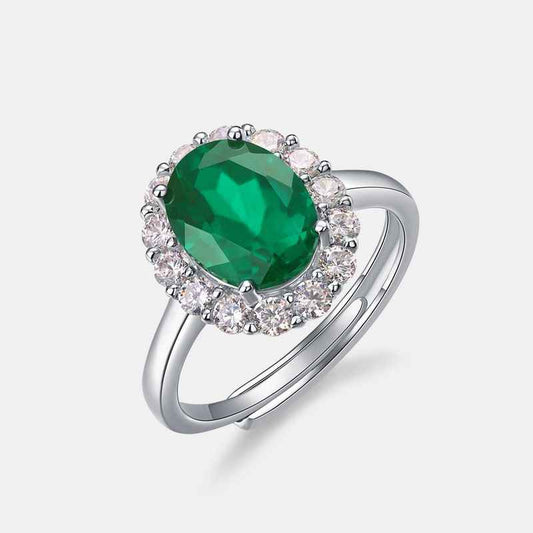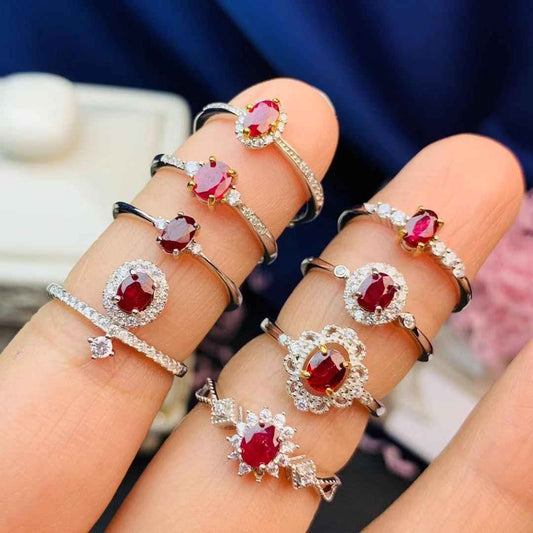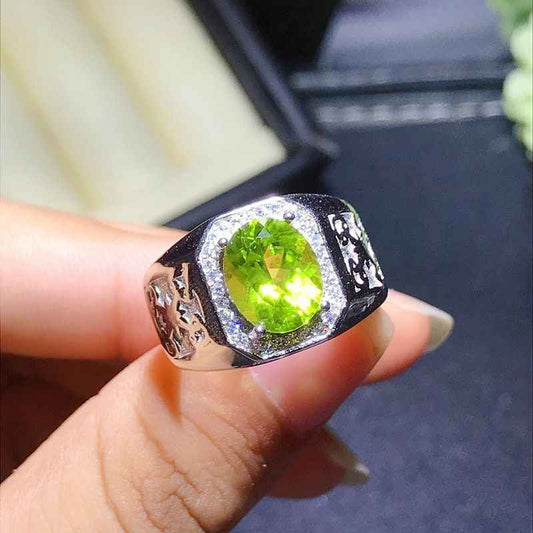Harnessing Positive Energy: The Expert's Guide to Sapphire Cross Necklaces and Feng Shui in the United States
Share
Understanding the Cultural Significance of Sapphire Cross Necklaces
The History of Sapphire Cross Symbols
The sapphire cross has a long history. Its roots trace back to ancient times. Early Christians used it as a symbol of faith. Over the ages, it blended with various cultures. It also adopted different meanings. In some beliefs, the sapphire brings spiritual insight. It is said to protect those who wear it. The cross shape adds another layer of meaning. It symbolizes sacrifice, hope, and salvation. Together, they create a powerful symbol. Many seek it for its beauty and deep meaning. This history shapes its significance in today's society.

Feng Shui Associations with Sapphire and Crosses
In Feng Shui, the sapphire stone and cross symbol hold vast significance. Sapphires are valued for their power to calm the mind. They can bring wisdom and spiritual truth. People believe they enhance intuition and mental clarity. The color blue in Feng Shui is tied to healing. It represents calmness, so it's ideal for meditation spaces. Crosses symbolize protection and faith in many cultures. They're seen as links between heaven and earth. Feng Shui sees them as anchors for positivity. Wearing a sapphire cross necklace merges these aspects. It's said to offer not just physical beauty but spiritual balance. It can attract positive energies and help ward off negative influences.
Significance in Different Cultures
Sapphire cross necklaces hold different meanings across cultures. In some, they symbolize faith and wisdom. Often, they are seen as protective talismans. In the United States, they merge Christian iconography with Eastern beliefs. This mix promotes both spiritual peace and good fortune. People from various backgrounds admire the sapphire's deep blue hues. They also treasure its supposed power to attract positive energies. As a result, these necklaces have become a popular choice for those seeking balance in life.
Selecting the Right Sapphire Cross Necklace for Fortune and Feng Shui
What to Look for in a Sapphire Cross Necklace
When selecting a Sapphire Cross Necklace to enhance your fortune and abide by Feng Shui principles, consider these key factors:
- Color Purity: Seek out a deep, vivid blue. Pure color aligns with strong energy.
- Craftsmanship: Choose a well-crafted piece. Fine craftsmanship ensures lasting positive energy.
- Size and Proportion: Balance the size with your body shape for harmony. Proportion is crucial.
- Setting and Metal: Opt for precious metals. They complement the Sapphire and add purity.
- Natural Gemstones: Ensure the stones are natural. Synthetics can weaken Feng Shui benefits.
Select a necklace that resonates with both your style and the Feng Shui tenets for the most beneficial outcomes.
The Importance of Authenticity and Quality
When choosing a sapphire cross necklace, always opt for real gems and metals. Authenticity is key for the piece to hold strong Feng Shui energy. True sapphires emit powerful vibrations. These can align with your intentions for good fortune. Ensure the quality by verifying the source. Check for certifications or reputable sellers. A high-quality necklace won't just look better. It will also carry potent energy for a longer time. Quality pieces withstand daily wear, keeping their mystical properties intact. Don’t settle for less. Choose authentic, high-grade sapphire cross necklaces to harness positive energy.
Matching Your Personal Feng Shui Profile
To harness Feng Shui with a sapphire cross necklace, match it to your Feng Shui profile. Consider your Kua number, which tells your lucky directions. Seek necklaces that align with these directions. Also, choose colors based on your birth elements; water, wood, fire, earth, or metal. For example, metal types might opt for white gold settings. Look for designs that reflect your intentions, such as heart shapes for love. Balance is key, so avoid overly large or small pendants. Finally, consult with Feng Shui experts for tailored advice.
Wearing and Caring for Your Sapphire Cross Necklace
Proper Wearing Techniques for Maximizing Benefits
To maximize the positive energy of a sapphire cross necklace, one must wear it correctly. First, ensure that the necklace is at a comfortable length, aligning with the heart chakra. The sapphire should touch the skin to enhance energy transfer. It's also important to wear the necklace with intention. Before putting it on, hold it in your hands and set your intentions for good fortune and protection. Additionally, pairing the necklace with other fortune-enhancing jewelry, such as fortune rings or fortune earrings, can amplify its effects. Remember to wear your sapphire cross necklace on significant days or during important events to benefit from its full potential. Lastly, respect the cultural and spiritual significance of the cross, wearing it with mindfulness and reverence.
Maintenance Tips for Long-Lasting Wearability
To keep your sapphire cross necklace in top shape, follow these tips:
- Regular Cleaning: Use a soft cloth and mild soap to clean your necklace gently.
- Avoid Harsh Chemicals: Keep your necklace away from chemicals that can damage the sapphire or metal.
- Storage: Store your necklace in a fabric-lined box to prevent scratches.
- Inspections: Have a jeweler check the setting regularly to ensure the sapphire is secure.
- Avoiding Impact: Protect your necklace from sharp blows which can crack the sapphire.
- Professional Care: Periodically, take your necklace to a professional for deep cleaning and maintenance.
By following these simple tips, your sapphire cross necklace will stay beautiful and potent for years to come.
Incorporating the Necklace into Your Overall Feng Shui Practices
For Feng Shui balance, place your sapphire cross on a wooden stand when not worn. This connects it to the Wood element, fostering growth and renewal. To charge the necklace with sunlight's Yang energy, rest it by a window on sunny days. This enhances its vibrancy. At night, wrap the necklace in silk. This shields it from negative energies. Pair the necklace with other Feng Shui symbols in your living space. Think dragons or wind chimes for a harmony boost. Regularly wear the necklace to align with its energy, creating a personal bond. By including these practices, your sapphire cross will be more than jewelry. It'll be a beacon of good fortune in your daily life.





